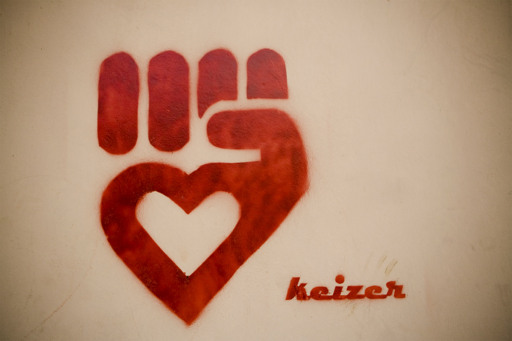Erica Chenoweth initially thought that only violent protests were effective. However after analyzing 323 movements the results were opposite of what Erica thought:
For the next two years, Chenoweth and Stephan collected data on all violent and nonviolent campaigns from 1900 to 2006 that resulted in the overthrow of a government or in territorial liberation. They created a data set of 323 mass actions. Chenoweth analyzed nearly 160 variables related to success criteria, participant categories, state capacity, and more. The results turned her earlier paradigm on its head — in the aggregate, nonviolent civil resistance was far more effective in producing change.
If campaigns allow their repression to throw the movement into total disarray or they use it as a pretext to militarize their campaign, then they’re essentially co-signing what the regime wants — for the resisters to play on its own playing field. And they’re probably going to get totally crushed.



The fourth element is especially important now. Don’t engage on the playing field Trump set up on what is plain to see is a setup to authorize martial law powers for himself.
But it also means don’t let government drive the conversation in media either. Keep standing up and keep the message clear that this is a stand against tyranny and let Trump and his admin flail, grasp at straws and reach for the Project2025 book of excuses. They look weak and unconvincing against the resolve of the peaceful resistance movement.
Okay but also the second element is huge and we’re not doing that yet
Look at all the criticism from Lemmings and Redditors when an upper class member is trying to side with the movement by spending their money in print media to get the “No Kings” message out. That appears to be in a step in line with that second point but some that support the cause are in opposition to these actions.